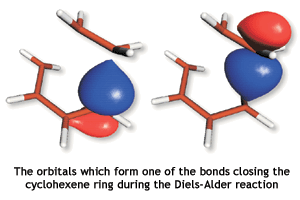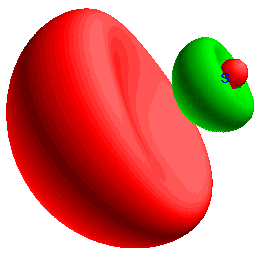 |
Main collaborator: Peter Karadakov at the
University of York. See, especially, here for some nice pictures and explanations. |
 |
| Main collaborator: Robert Ponec in Prague. |
 |
Main collaborator: Peter Karadakov at the
University of York. See, especially, here for some nice pictures and explanations. |
 |
| Main collaborator: Robert Ponec in Prague. |